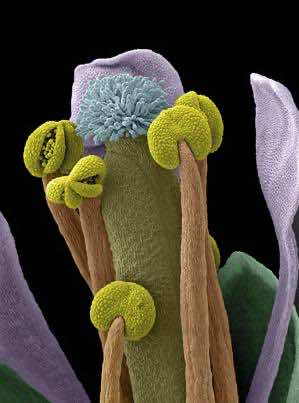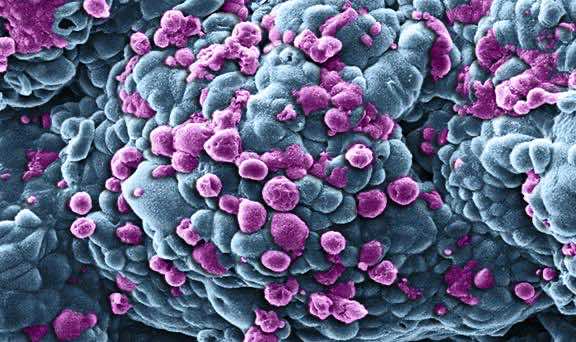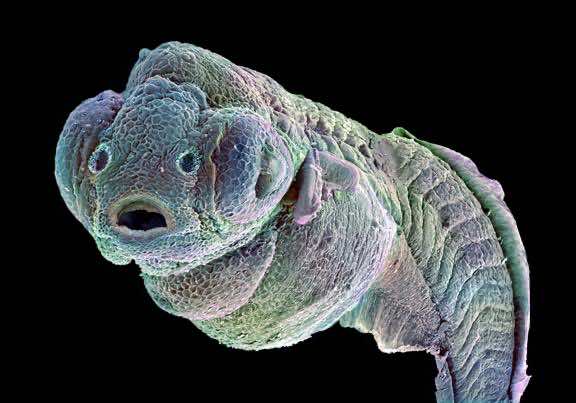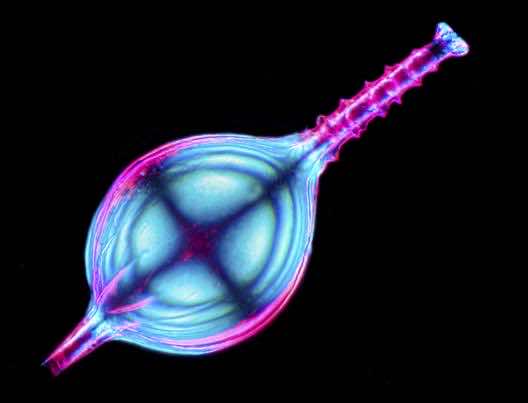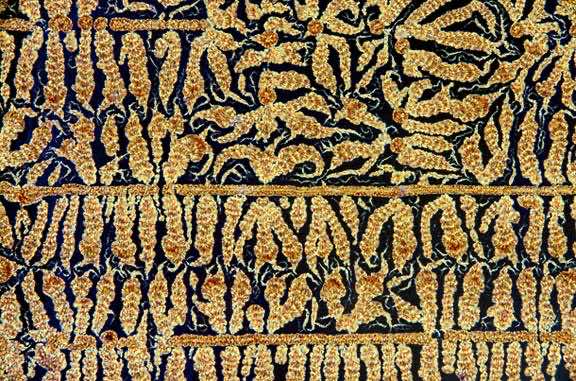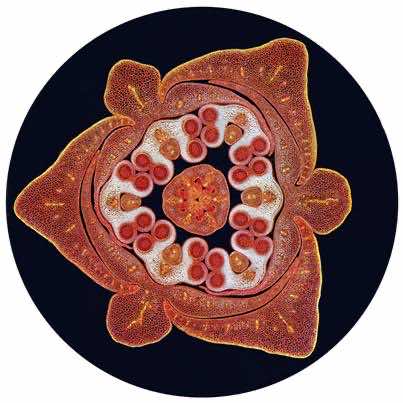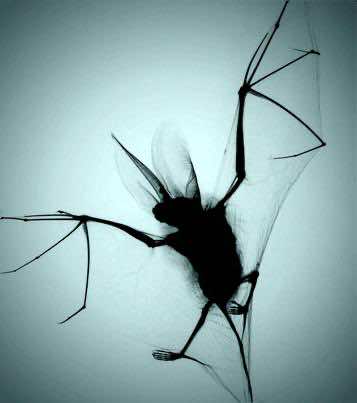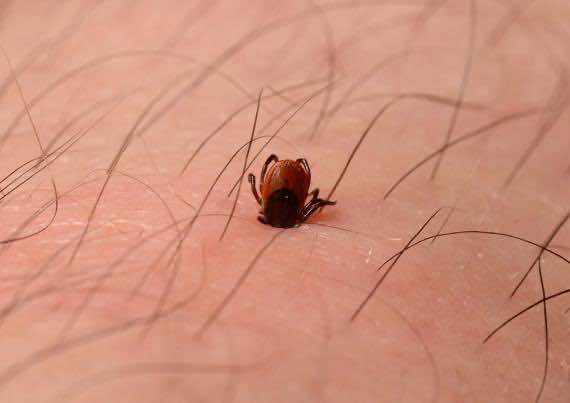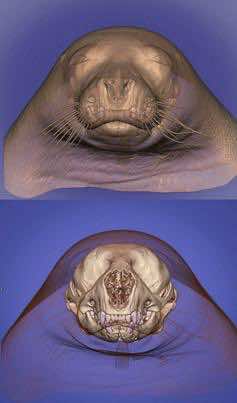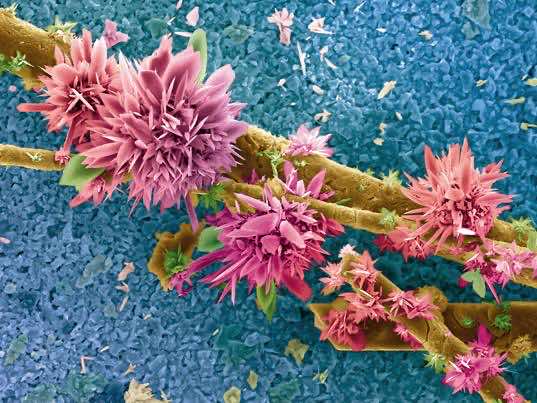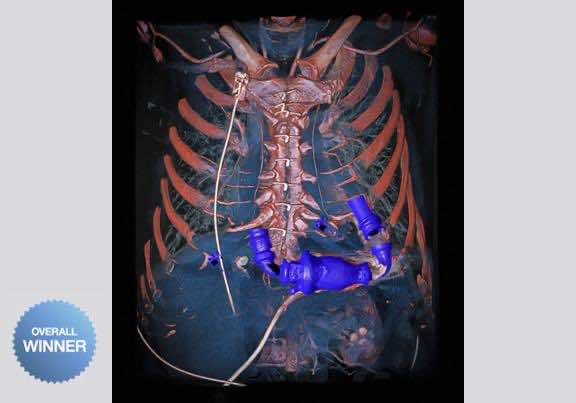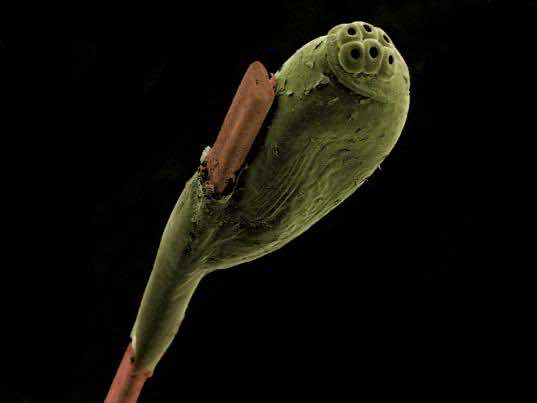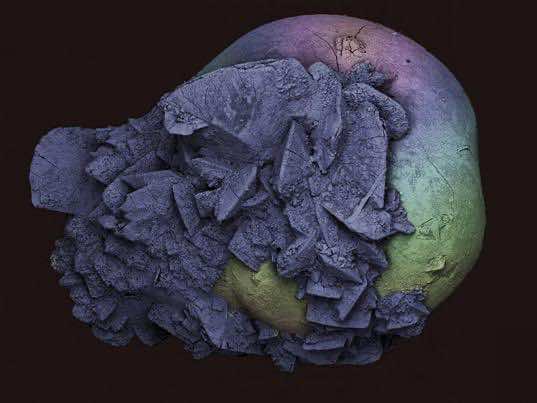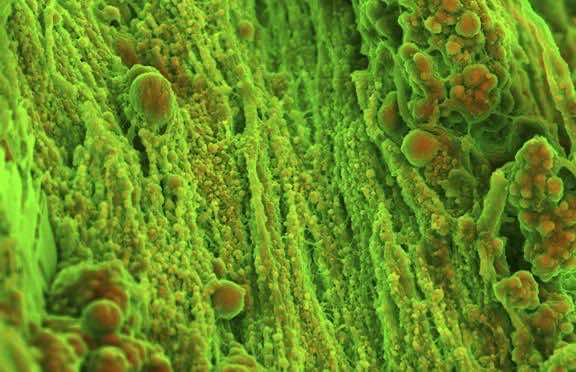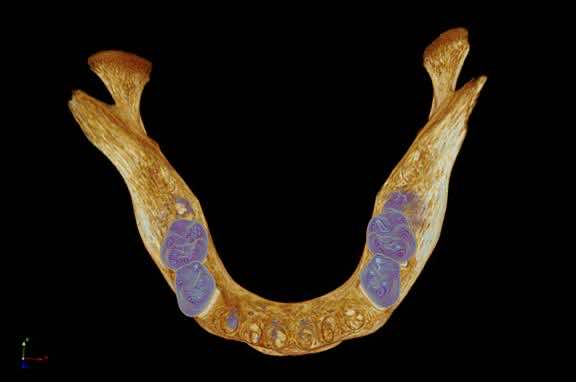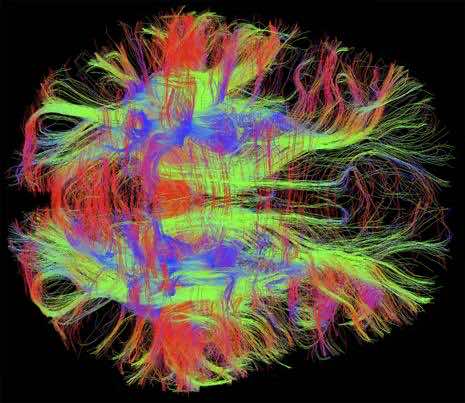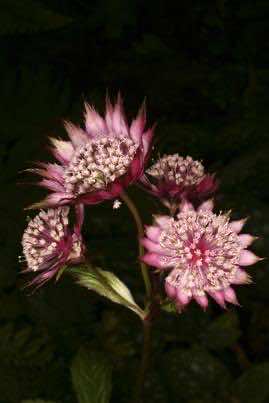These images are the winners of the Wellcome Award’14, which celebrates microscopic medical imagery.
The blue feathery structure is the female reproductive part which is surrounded by stamens, a male reproductive part. Some of the green colored anthers are open and the pollens are ready for dispersal.
These beautiful colors show breast cancer cells during their treatment. The purple colored cells are dying due to the drug doxorubicin, while the blue ones have yet to be dealt with.
This cute creature is a four-day-old zebrafish embryo. The zebrafish is a small, tropical, freshwater fish that originally comes from Asia.
1.44mm Foraminifera has an outer shell made of calcium carbonate called a test. When it dies, the test is eventually turned into rock such as chalk or limestone on the seabed.
This 8mm image shows needle-shaped crystals of Vitamin C.
Lily Flower bud reveals the male and female reproductive organs. The ovary contains six eggs which are surrounded by six male anthers (white).
Scanning electron micrograph of a crystal of copper indium gallium diselenide, or Cu(In,Ga)Se2 (CIGSe or CIGS) which is used in manufacture of solar panels. CIGS converts solar energy into electrical energy.
X-ray projection of a brown 5cm long bat. The poor long-eared bat was killed by a domestic cat. It is commonly found in the UK and Europe. The image looks like a gothic story book cover.
The photograph shows a tick burrowing into the photographer’s own leg. The photograph was followed by 20-minutes visit to hospital to remove the tick!
Computed tomography (CT) scan of the head of a seal. X-rays were used to obtain virtual ‘layers’ of the seal which were then merged to create a perfect 3D model that can be rotated and magnified.
It may look like lotus flowers growing by a pond but this is, infact, a micrograph of sludge from an industrial farming process after it had been burnt.
The image shows scan of a patient who received a mechanical heart pump (blue). X-rays were used to obtain virtual ‘layers’ of the patient’s chest which were then merged to create a perfect 3D model that can be rotated and magnified.
The micrograph shows a head louse egg (green) attached to a human hair (brown). The egg will hatch in seven to ten days.
This dark and subtle colored object is the kidney stone removed from the photographer’s body.
Calcium salts are piling up on the heart valve. The calcification process hardens the heart tissues and can ultimately stop the heart.
This jawbone belongs to a child died 1000 to 1300 years ago. X-rays were used to obtain 4800 virtual ‘layers’ of the ‘jaw’ which were then merged to create a perfect 3D model that can be rotated and magnified.
This eye catching image shows the nerve fibers of an adult brain. The image is detailed and the color scheme reveals different patterns of connectivity. ‘Fibres travelling up and down (between the top of the head and neck) are coloured blue, fibres travelling forwards and backwards (between the face and back of the head) are coloured green, and fibres travelling left and right (between the ears) are coloured red.’
The star-shaped flowers of Astrantia were once used to treat cramps, heart failure, ulcers, infected wounds, bad breath and toothache. However, because of its strong laxative effects its use has greatly been reduced.


